Effects of Nonlinearity and Disorder in Topological Photonics
In the first part of the talk, I discuss how optical nonlinearity alters the behavior of photonic topological insulators. In the nonlinear regime, band structures and their associated topological invariants cannot be calculated. Nonetheless, nonlinear photonic lattices can support moving edge solitons that "inherit" many properties of linear topological edge states: they are strongly self-localized, and propagate unidirectionally along the lattice edge. These solitons can be realized in a variety of model systems, including (i) an abstract nonlinear Haldane model, (ii) a Floquet lattice of coupled helical waveguides, and (iii) a lattice of coupled-ring waveguides.
Topological solitons can be "self-induced", meaning that they locally drive the lattice from a topologically trivial to nontrivial phase, similar to how an ordinary soliton locally induces its own confining potential. This behavior can be used to design nonlinear photonic structures with power thresholds and discontinuities in their transmittance; such structures, in turn, may provide a novel route to devising nonlinear optical isolators.
In the second part of the talk, I discuss amorphous analogues of a two-dimensional photonic Chern insulator. These lattices consist of gyromagnetic rods that break time-reversal symmetry, arranged using a close-packing algorithm in which the level of short-range order can be freely adjusted. Simulation results reveal strongly-enhanced nonreciprocal edge transmission, consistent with the behavior of topological edge states. Interestingly, this phenomenon persists even into the regime where the disorder is sufficiently strong that there is no discernable spectral gap.


